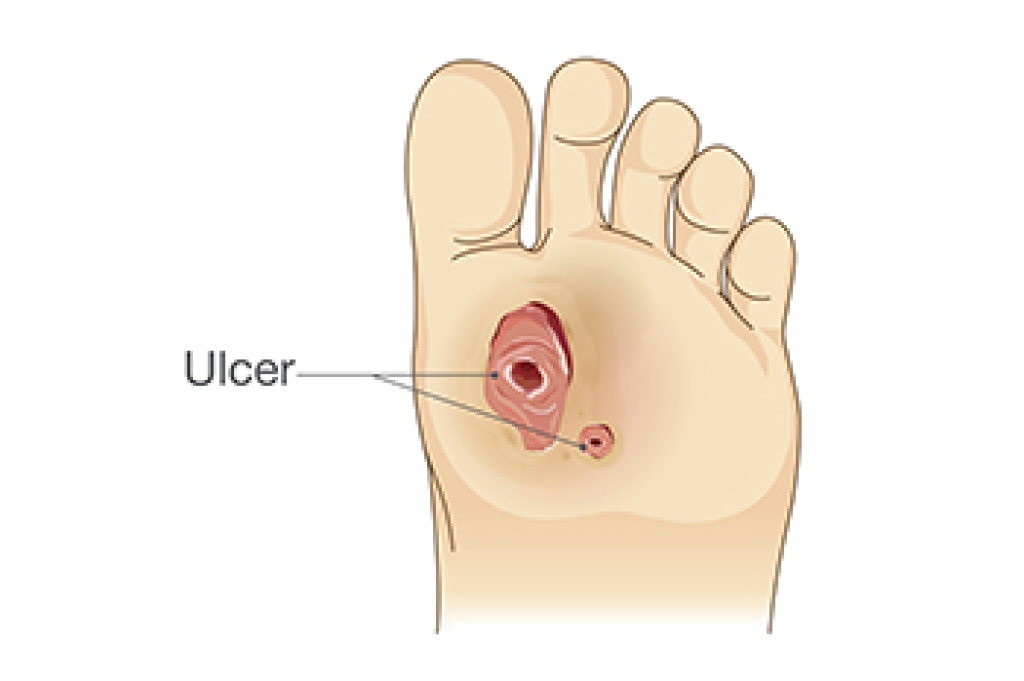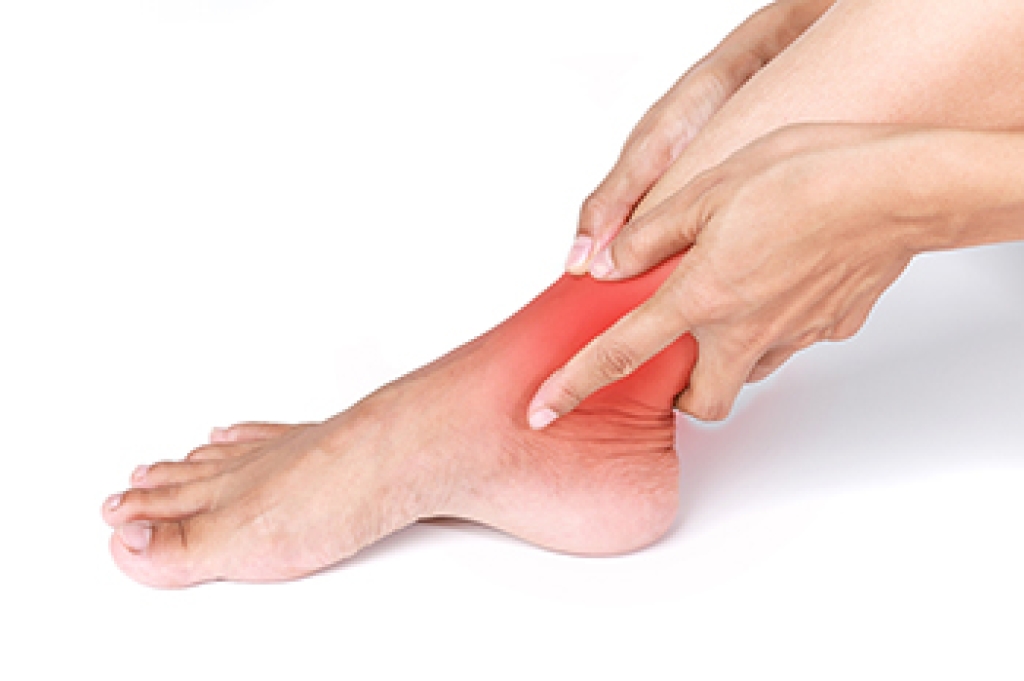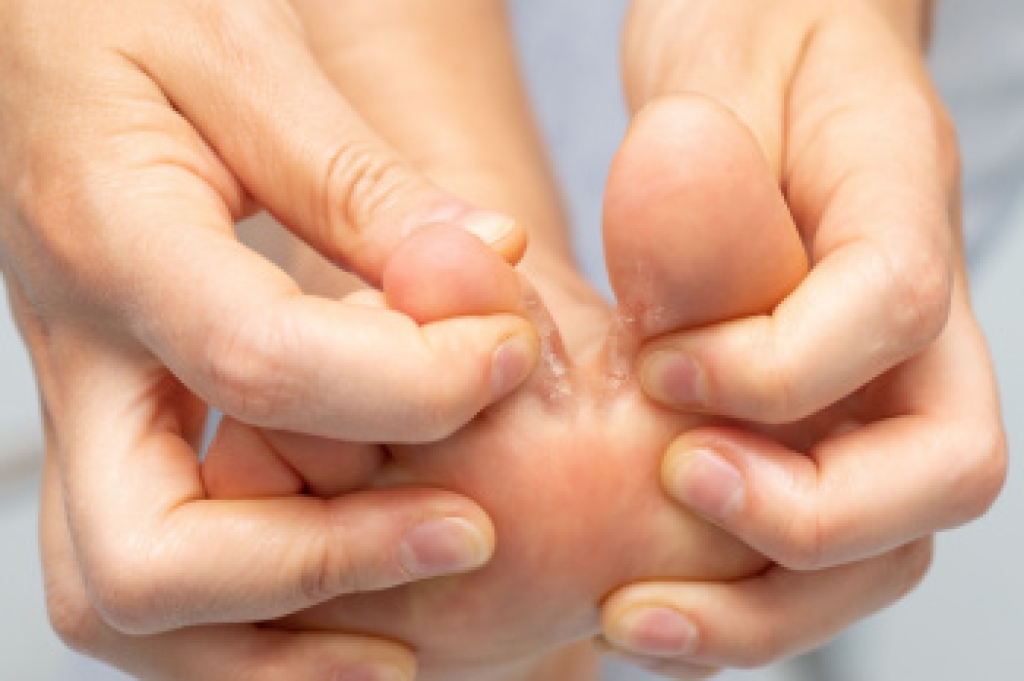
Morton's neuroma involves damage and inflammation of the nerves between the toes, most often between the third and fourth toes. Patients typically experience sharp, burning pain, tingling, or numbness extending from the ball of the foot into the toes. Many describe the sensation as walking with a small stone or pebble under the foot. Morton’s neuroma often arises from continuous pressure or irritation of the nerve. It may be caused by wearing tight shoes, high heels, or foot abnormalities such as bunions, hammertoe, or flat arches. Participation in high-impact activities like running also may contribute to such nerve injury. Treatment from a podiatrist includes customized orthotic shoe inserts, steroid injections to relieve inflammation, and possibly surgery to remove the affected nerve, or releasing pressure by cutting surrounding ligaments. If you have ongoing sharp, burning pain under your toes, it is suggested that you scheduled an appointment with a podiatrist for an exam, diagnosis, and treatment.
Morton’s neuroma is a very uncomfortable condition to live with. If you think you have Morton’s neuroma, contact Paul Potach, DPM of Illinois . Our practitioner will attend to all of your foot care needs and answer any of your related questions.
Morton’s Neuroma
Morton's neuroma is a painful foot condition that commonly affects the areas between the second and third or third and fourth toe, although other areas of the foot are also susceptible. Morton’s neuroma is caused by an inflamed nerve in the foot that is being squeezed and aggravated by surrounding bones.
What Increases the Chances of Having Morton’s Neuroma?
- Ill-fitting high heels or shoes that add pressure to the toe or foot
- Jogging, running or any sport that involves constant impact to the foot
- Flat feet, bunions, and any other foot deformities
Morton’s neuroma is a very treatable condition. Orthotics and shoe inserts can often be used to alleviate the pain on the forefront of the feet. In more severe cases, corticosteroids can also be prescribed. In order to figure out the best treatment for your neuroma, it’s recommended to seek the care of a podiatrist who can diagnose your condition and provide different treatment options.
If you have any questions, please feel free to contact our offices located in Wheeling and Berwyn, IL . We offer the newest diagnostic and treatment technologies for all your foot care needs.





